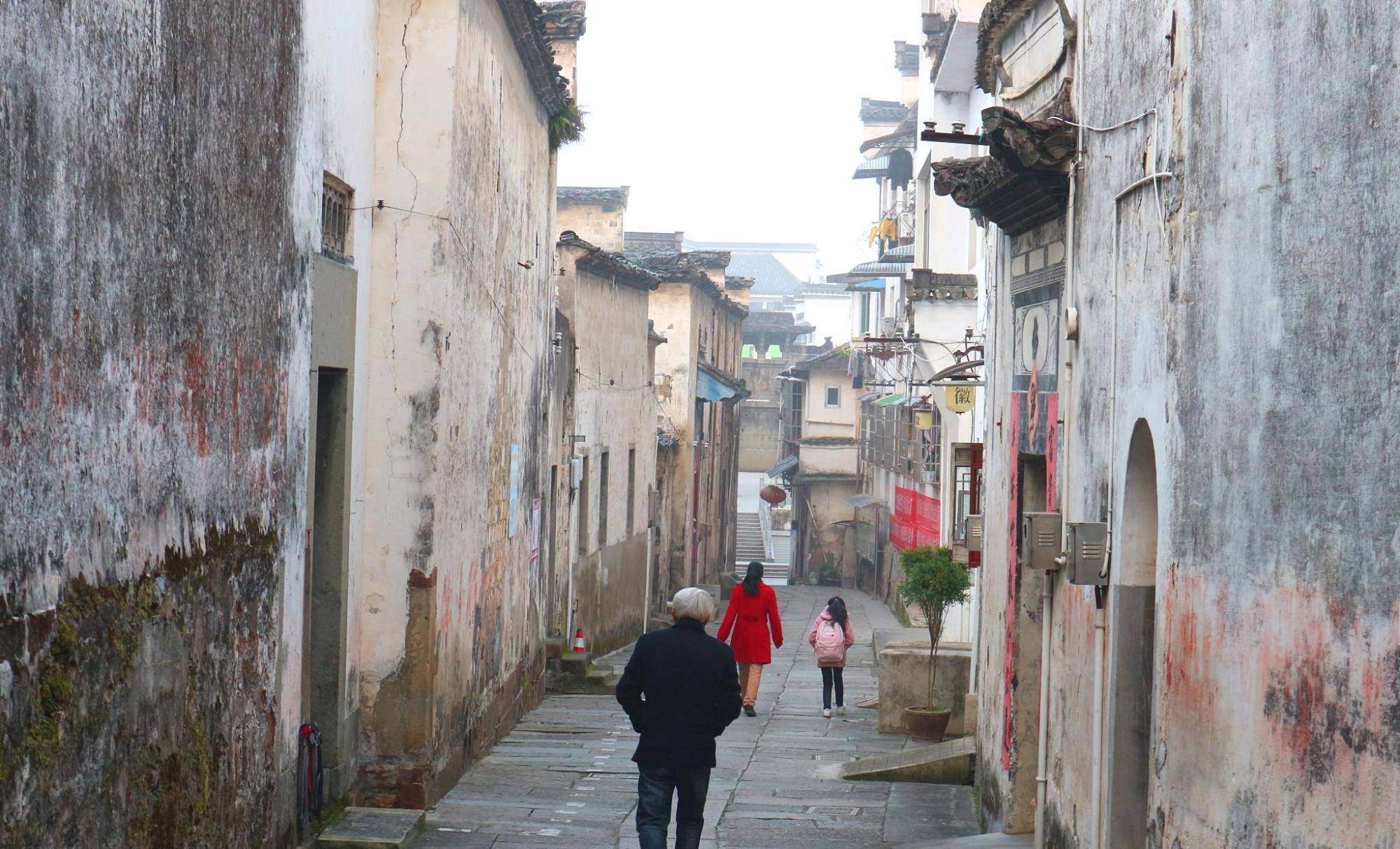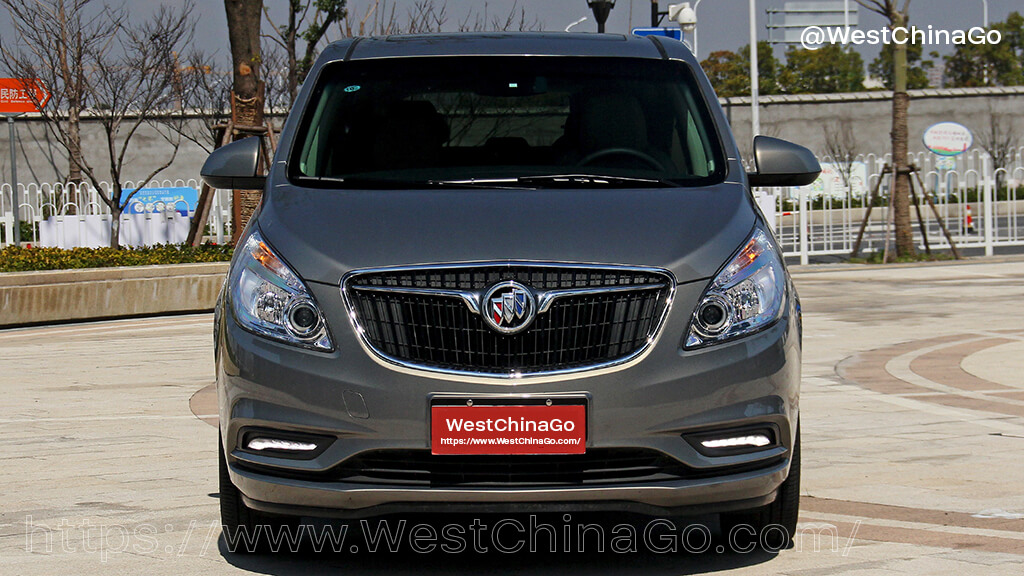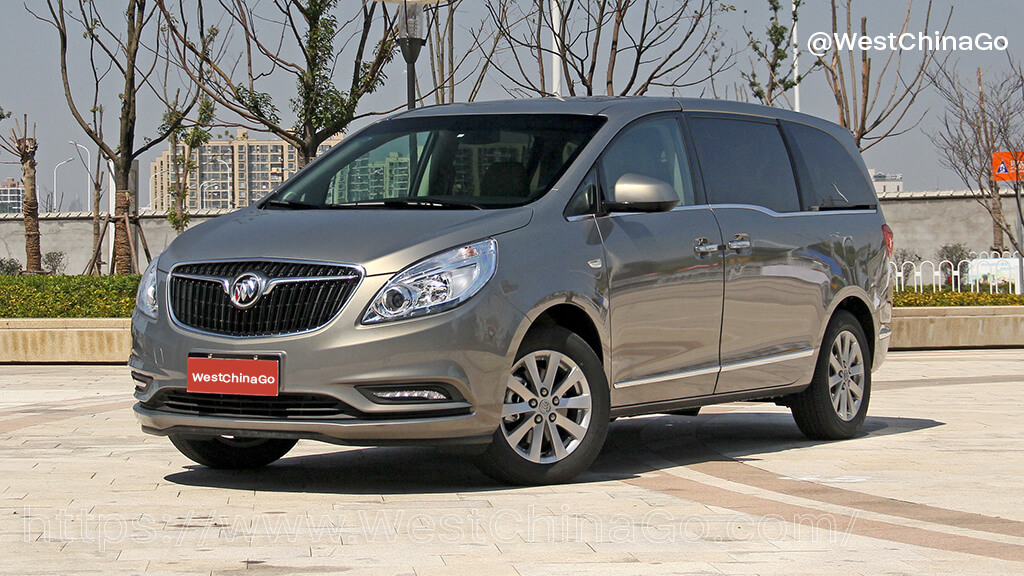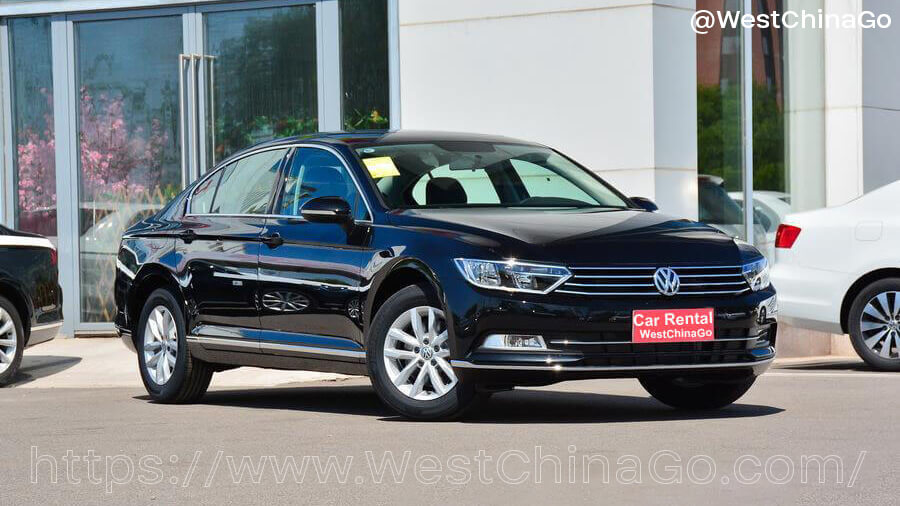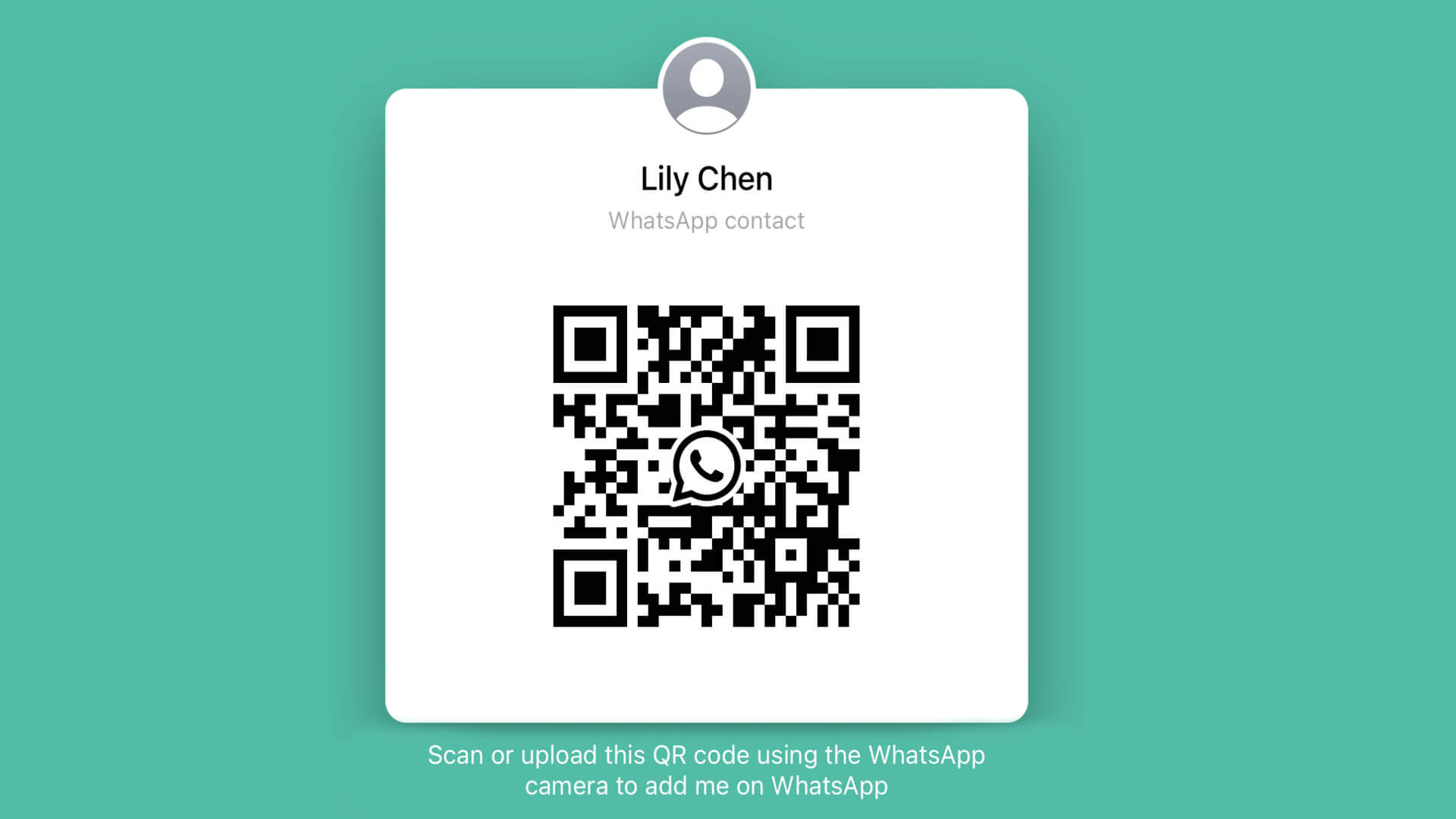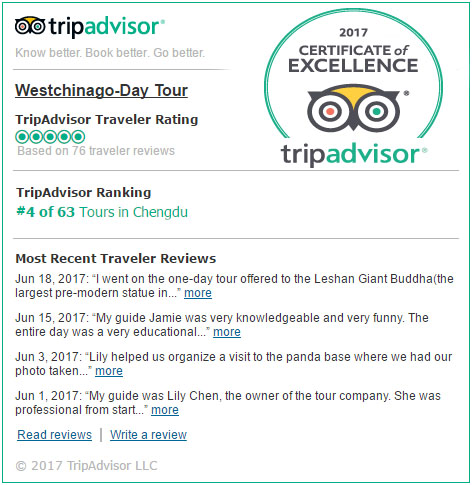
Huizhou Ancient City
- Chinese Name: 徽州古城
- Add:About 100 meters northeast of the intersection of Huizhou Road and Xin’an Road, Shexian County, Huangshan City 黄山市歙县徽州路与新安路交叉路口往东北约100米
- Opening Time: 08:00-17:00
- Tickets: 100 CNY/PER
- Tel: 0559-6526108,0559-6533160,0559-6525679
- Area: 24.7 square kilometers


Huizhou Ancient City
Explore the Timeless Charm of Huizhou Ancient City
A Gateway to China’s Historic Soul
Nestled in the heart of Huangshan, Huizhou Ancient City is a living testament to China’s rich history and cultural heritage. With a history spanning over 1,300 years, this well-preserved ancient city offers visitors an immersive experience of traditional Chinese life, architecture, and art.
Architectural Beauty and Historical Significance
Huizhou Ancient City is renowned for its iconic Hui-style architecture, characterized by whitewashed walls, black-tiled roofs, and elegant courtyards. Key attractions include the majestic Yuliang Dam, an ancient water control project, and the Chengkan Village, a masterpiece of feng shui design. The Xuguo Archway, standing tall as a symbol of honor and virtue, is a must-see landmark reflecting the city’s Confucian values.
Cultural Treasures and Immersive Experiences
The city is a hub of Hui culture, offering insights into the customs, art, and history of the Huizhou people. Wander through the bustling streets, where you can visit museums, ancestral halls, and ancient academies. Engage with local artisans as they create traditional crafts such as inkstones and paper, or savor authentic Hui cuisine, known for its delicate flavors and artistry.
Why Visit Huizhou Ancient City?
Huizhou Ancient City is more than a historical site—it’s a cultural journey that connects the past to the present. Its stunning architecture, profound cultural heritage, and serene atmosphere make it a unique destination for history buffs, cultural enthusiasts, and travelers seeking authentic Chinese experiences.
Come and uncover the stories of Huizhou Ancient City, where every corner whispers the legacy of a bygone era.

Huizhou Ancient City Video

Huizhou Ancient City Tourist Map

Huizhou Ancient City

Huangshan Huizhou Ancient City Transfer: Car Rental with Driver

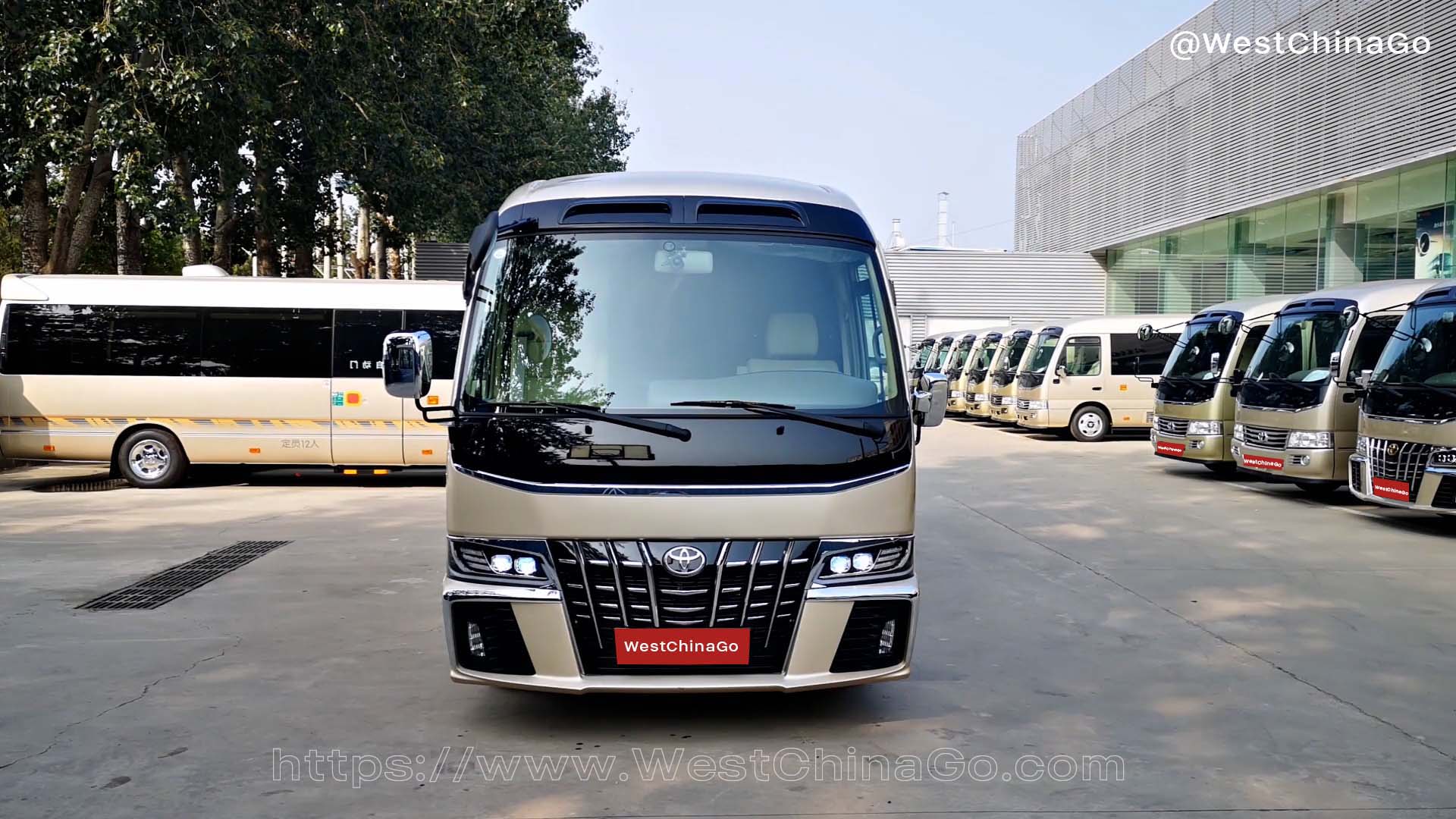
Huizhou Ancient City Travel Guide
ticket policy

Let’s first understand the ticket policy of the ancient city. It turns out that the ticket for the ancient city of Huizhou is 100 yuan, including visiting the ancient city of Huizhou and Huizhou government office. But this ticket is only for out-of-town tourists, the open door, such as the tide of people, how to identify out-of-town tourists? This operation can only rely on the intuition of the staff, to see who is “disliked”, just go forward and check it out. Is this operation unreliable?
During the long holidays during the peak tourist season, there will be staff on duty to check the tickets at all the small alleys and entrances that can enter the ancient city, which is very strict. Now is the off-season, the ticket inspection system is not so strict. This picture shows one of the many ticket gates in the ancient city, just at the entrance of the alley.
